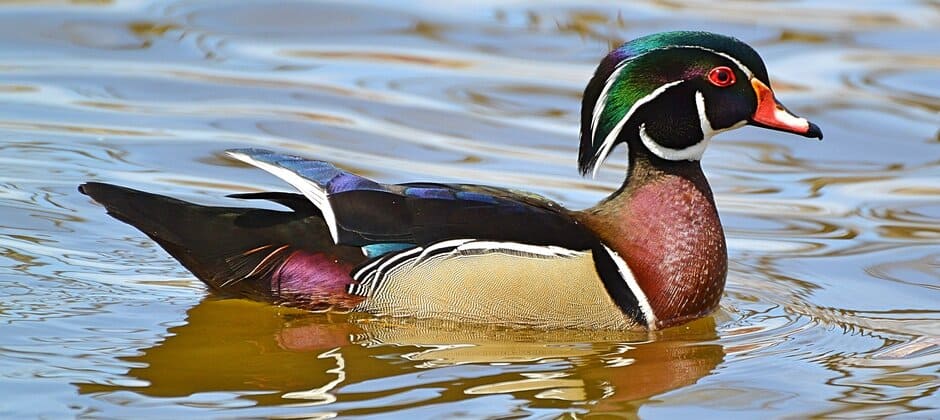Share this article
DOI to distribute record funding to state wildlife agencies
The U.S. Department of the Interior will distribute a record $1.5 billion in Wildlife and Sport Fish Restoration program funding to state wildlife agencies this fiscal year.
The U.S. Fish and Wildlife Service’s Wildlife and Sport Fish Restoration program distributes funds from excise taxes on firearms and ammunition, archery bows and arrows, fishing equipment, and boat fuel to all 50 U.S. states and territories. The WSFR is made up of two program areas—the Sport Fish Restoration and Boating Trust Fund and the Wildlife Restoration program. Some funds in the Wildlife Restoration program support hunter education and recruitment, while the majority provide grants to state fish and wildlife agencies to develop projects that conserve and manage wild birds and mammals.
“State wildlife agencies dedicate WSFR funds to a variety of conservation projects and programs such as hunting and fishing education, fish and wildlife management, scientific research, habitat restoration and protection, land and water rights acquisition, and hunting and boating access,” said Martha Williams, USFWS principal duty director in a press release.
Wildlife and Sport Fish Restoration program funding is allocated to each state fish and wildlife agency based on the respective state’s land and water area and the population of hunting and fishing license holders. Once these funds are allocated, state agencies submit individual grant proposals for USFWS approval, with each proposal detailing how the WSFR money will be used for an agency’s project. The program’s appropriations typically cover up to 75% of state wildlife agency project costs, with each state supplementing the federal allotments with state hunting and fishing license revenues or funds from partner organizations.
State-by-state listing of the Service’s final distribution of WSFR program funds for fiscal year 2022 can be found on USFWS’ apportionment webpage.
Header Image: Revenue derived from the sale of hunting and fishing equipment directly fund state wildlife agencies through the Federal Aid in Wildlife Restoration Act, which helps them manage wildlife species like wood ducks (Aix sponsa). Credit: Tina DaPuglet








